Good Cameras For Nature Photography
Landscape photography requires hours of scouting around in nature. With some technical knowledge and a proper camera, you'll fall in love with the process.
Of course, you can take stunning landscape images with your smartphone. But if you're aiming high, take a look at our list of the best cameras for landscape photography.

[Note: ExpertPhotography is supported by readers. Product links on ExpertPhotography are referral links. If you use one of these and buy something, we make a little bit of money. Need more info? See how it all works here.]

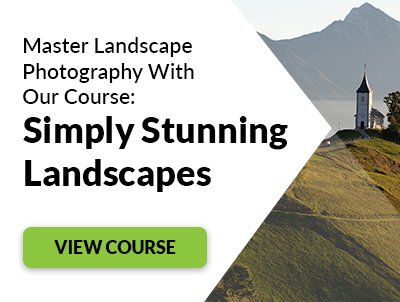
Choosing the Perfect Camera for Landscape Photography
With the wide range of options available, it's impossible to pick just one best camera for landscape photography. It rests on what kind of landscapes you want to photograph. To decide on the most suitable camera, here are some features to consider.
Larger Sensors for Higher Image Resolutions
Full frame and medium format cameras are most commonly used for shooting landscapes. Their larger sensors and higher resolution s provide exceptional image quality. They enhance the details in your images which make for beautiful prints.
Additionally, images with higher resolution details can survive post-processing without a scratch. If you have enough megapixels, you can crop your images without ruining the look.
Wide Dynamic Range to Cope With Lighting
Choosing a camera with a wide dynamic range works wonders for landscape photography. Out in the open, your background and foreground won't always have uniform lighting. Having a wide dynamic range helps preserve the details, despite the lighting imbalance.
Extended ISO Range for Dark Landscapes
Often, high values of ISO create noisy pictures. However, if you are interested innighttime landscape photography and astrophotography, having a wide ISO range is a considerable advantage.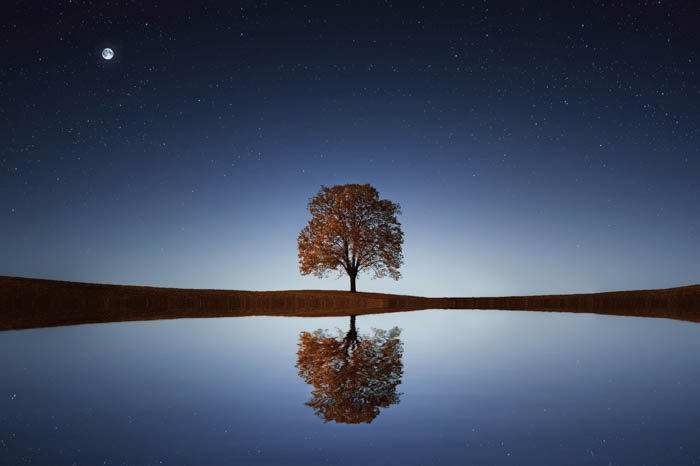
Live-View Display
Live-View display with a touch-sensitive LCD is an absolute must-have. Focus-peaking can make your work significantly easier. Not just that, it protects your eyes and the sensors in case you decide to point your camera at the sun.
Weather-Sealed Camera for Harsh Outdoors
When it comes to picking cameras for landscape photography, a weather-sealed camera is more than just a fair-weather friend. It's unlikely you'll be only on sunny days. Think about majestic shots of lightning bolts and thunder. For that, your camera needs to stay protected from the elements.
Long Battery Life to Avoid Constant Charging
You must always pack a charger and extra batteries. Cold weather drains batteries in the blink of an eye. It's a game-changer for landscape photographers to have a camera with durable batteries, especially if you love winter photography sessions.
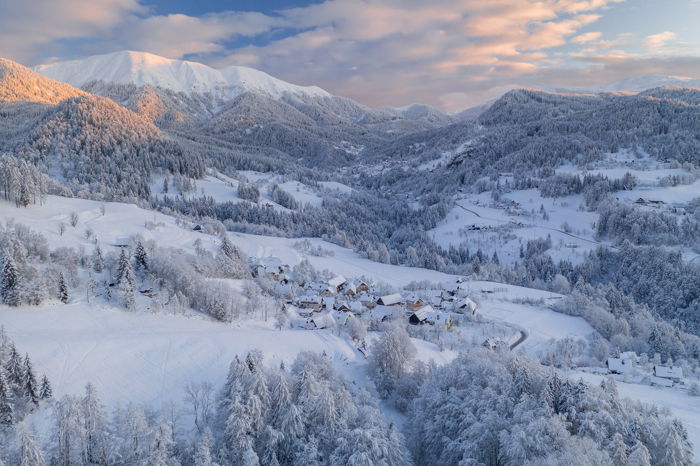
Our Pick of the Best Cameras for Landscape Photography
Now that you know the features to consider, you can decide for yourself which camera is best for the scenery you want to shoot. Whether you're looking for medium-format cameras, DSLRs or the more pocket-friendly options, here's our pick of the best ones out there.
Medium Format Cameras
1. Fujifilm GFX 50R
The Fujifilm GFX 50R is weather and dust resistant. It withstands temperatures as low as -10°C / 14°F, and it can function in the humidity range of 10-80%. No surprise it sits high on our list of best landscape cameras.
The X-Processor Pro image processing engine brings out the best in the high-resolution (51MP) sensor .
The dual memory card slots provide more space than you can ask for.
The 3.69 million dots OLED viewfinder completely covers the capturing area (100%). Also, its LCD touchscreen is tiltable in two directions. This enables you a detailed view of what's in your frame.
It allows geotagging, image transfer, and smartphone sync through its wireless connections.
It comes with a durable NP-T125 Li-ion battery which has a life of approximately 400 images. It's not much, especially in cold weather. So consider taking extra batteries with you.
Along with the above-mentioned features, it provides exceptional tones and colours to enhance your landscape photos.
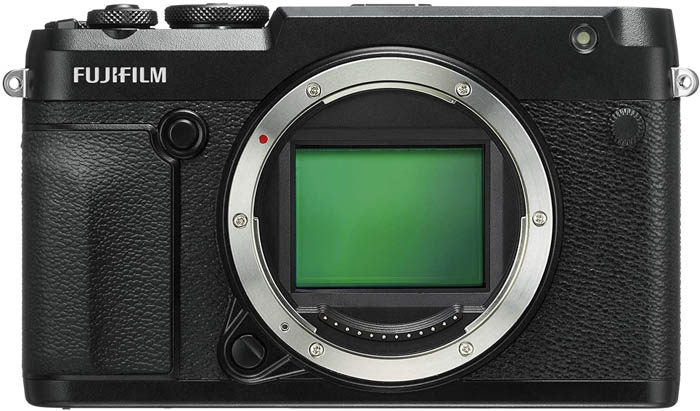
2. Pentax 645Z
The Pentax 645Z is an excellent choice for landscape photography, as it has a lens compensation function. This corrects distortion, chromatic aberration, peripheral illumination, and diffraction.
It's a medium format DSLR with a 51.4 MP (43.8 x 32.8mm) CMOS sensor. Released in 2014, it's definitely not the latest model. But it's still an excellent camera.
The resolution takes priority in the design of the 645Z. The absence of the AA-filter from the sensor leads to sharper images.
It's dustproof and weather-resistant. The dual-slot lets you have more storage space for your images.
The tiltable LDC screen and the live view allow the accurate-focus- checking on a magnified display . The contrast-detection autofocus and the focus peaking offer high-accurate focusing.
Not particularly crucial to landscape photography, but it has a face detecting autofocus. That's a plus if you're exploring photography in general.
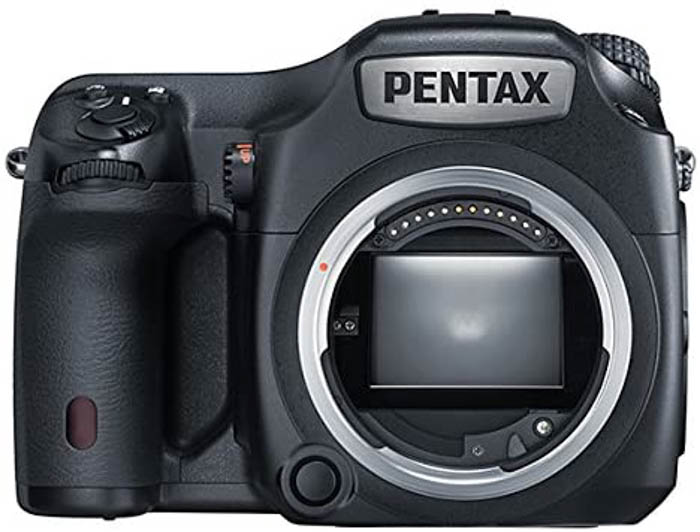
DSLR Options
1. Nikon D850
The Nikon D850 tops the list for almost any kind of photography.
What makes it one of the best cameras for landscape photography is its 45.7MP (35.9 mm x 23.9 mm) sensor. It's a backside-illuminated full-frame sensor with no low pass filter. It offers incredible image resolution and dynamic range with no risk of moiré.
It's also capable of making 4K and 8K time-lapse sequences. It comes as no surprise why landscape photographers favour this model.
The dual-slot, the tilting touch-sensitive LCD and the eight focus modes all make photography fun.
The Nikon D850 has an incredible 1,840 shots battery life. Imagine how long you can enjoy shooting without having to change or recharge your batteries!
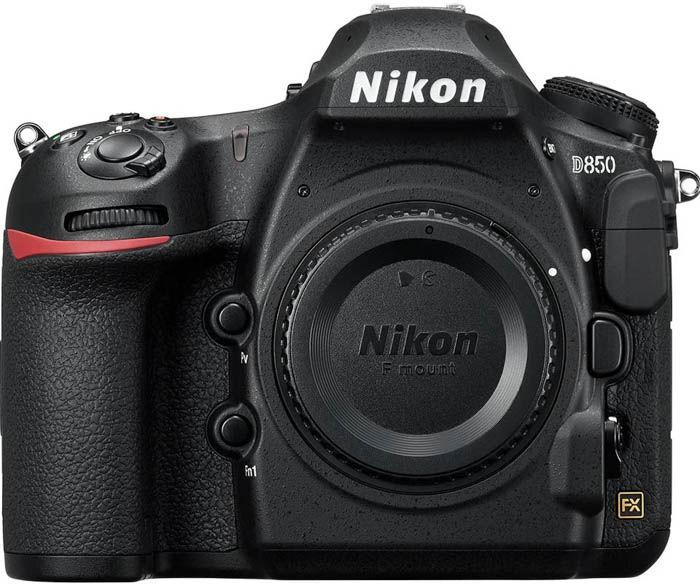
2. Canon EOS 5DS R
The Canon EOS 5DS R is a full-frame DSLR with a 50.6MP (36 mm x 24mm) CMOS sensor. It can also be a viable option for your landscape photography journey too.
The high-resolution sensor and the low pass filter cancellation create exceptional image quality.
The anti-flicker feature preserves the exposure level and colour of your shot despite the blinking light.
It has the flexibility of crop shooting which means that you can extend the shooting effect 1.3x and 1.6x. It's especially useful when you want to extend the range of telephoto lenses . If you want to capture smaller details of a scene, we recommend trying out this feature.
In the Live View mode, it offers contrast autofocus and exposure simulation. It's empowering to actually see what your landscape images will look like.
It has a wide working temperature range from 0 to 40°C (32-104°F) and a working humidity range up to 85%. You might not want to take it to the North Pole, but it's going to work in several extreme situations and places.
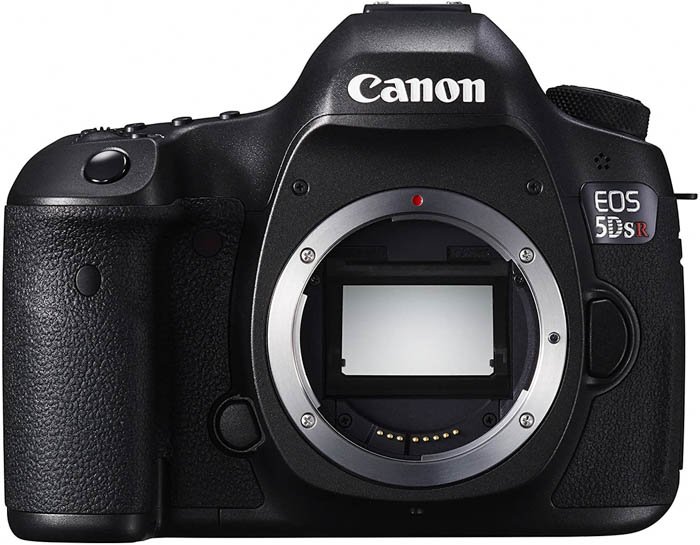
3. Pentax K-1 Mark II
This Pentax DSLR with its 36MP sensor can be a perfect choice for landscape photography. The sensor has a lack of AA filter and offers shake reduction. So when it comes to image quality, you won't be disappointed.
It's a full-frame gadget, but it has an APS-C crop mode which makes it compatible with Pentax K mount lenses.
It's a dustproof and weather-sealed camera body with a 5-axis sensor-shift image stabilisation . Its pentaprism viewfinder shows the frame with 100% accuracy.
You can choose incredible ISO values from 100 to 819,200. The dynamic range is equally impressive. These features make it ideal for shooting landscapes in low light.
The built-in GPS is perfect for geotagging. This feature allows you to keep a record of where you took your images.
Also, it has an electromagnetic compass and Astro-tracer extended exposure mode. Perfect for astrophotography!
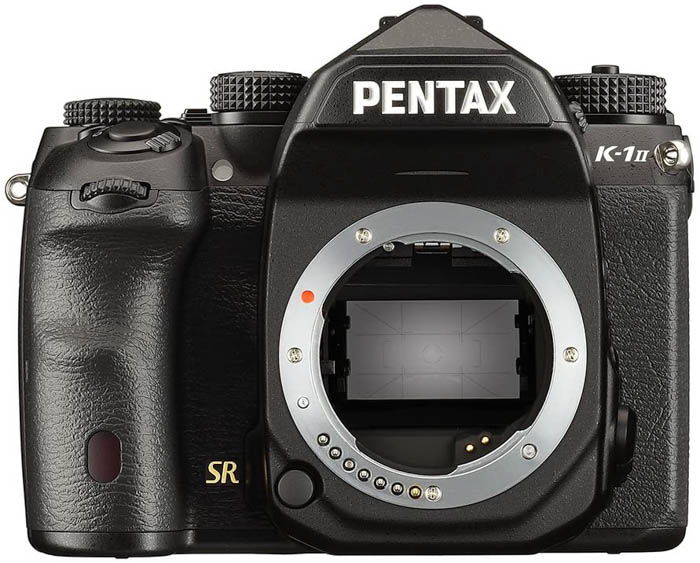
Mirrorless Options
1. Sony A7R IV
This mirrorless Sony, with its 61MP full-frame sensor, is one of the best cameras for landscape photography . The sensor is a back-illuminated Exmor R CMOS (35.7×23.8mm).
It has impressively accurate colour reproduction and a 15-stops dynamic range.
Also, it has an area-specific noise reduction function to preserve details in your images .
The battery life is between 530 and 670 shots which can last long if you are shooting only landscapes.
The long exposure noise reduction is a great feature for landscape photographers. It is a big plus if you lean towards astrophotography as well. You can turn on this feature when you need it . It's available at shutter speeds longer than one second.
The operating temperature is ideal for almost any situation as it's 0-40 °C (32-104°F).
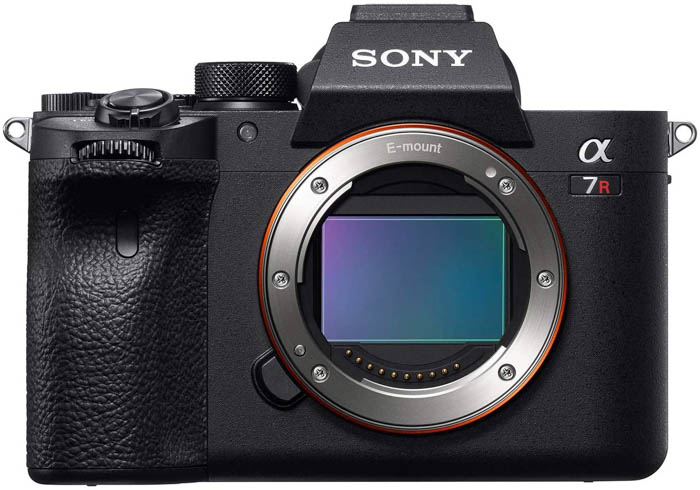
2. Nikon Z7
Yet another Nikon. This one comes with a beautiful mirrorless full-frame body. The Z6 has a 45.7 MP backside illuminated sensor with no optical low pass filter. This results in incredible image quality.
Popular with photographers in every field, it's also a great pick for landscape photography. It produces outstanding image quality with a wide dynamic range.
It has a 493-Point on-sensor phase-detect autofocus system. This is a number not many cameras can boast of. Higher the number of focus points, more accurate the auto-focus function. Additionally, this implies that the phase detection is much faster than contrast detection. So you don't have to choose between swiftness and accuracy when it comes to focusing.
The battery life at 330 shots is rather low compared to its competitors. However, it won't disappoint you midway through a brief landscape photography session.
The operating temperature is 0 to 40°C and it prefers less than 85% humidity.
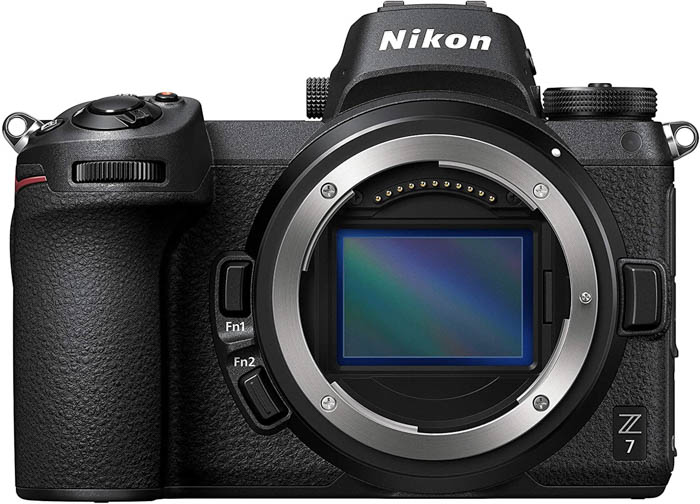
3. Panasonic Lumix S1R
The Lumix S1R is a mirrorless camera that has a 47.3MP full-frame sensor. This provides an exceptional dynamic range which is essential for landscape photography.
It has a high-resolution mode which also makes it ideal for landscape photographers. With a sensor-shift technology, it can take 187MP RAW images, which is incredible.
The S1R also has a rugged design which makes it dust, splash, and freeze resistant. You can use it under harsh conditions. The elements can't lay a finger on this gadget.
Thanks to the USB connection, you can charge it wherever you are. Packing a portable power bank is way simpler than finding a plug to recharge your batteries.
As you may already know, landscape photography trips can last for days.
Thanks to the durability and convenient charging system, it's a camera built for adventure .
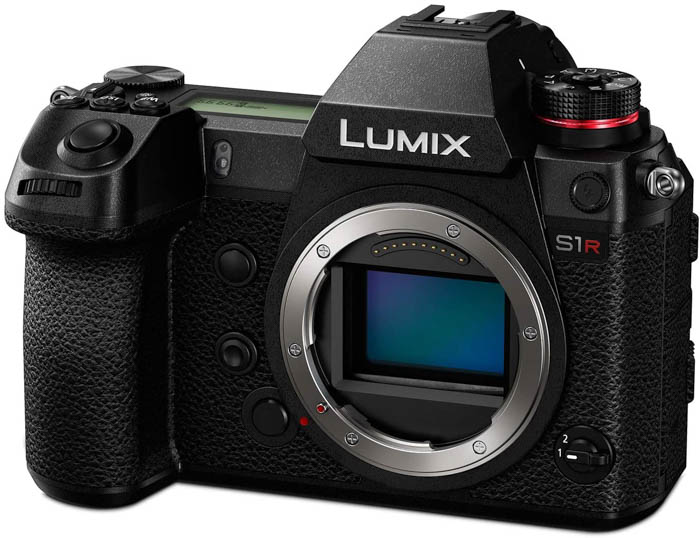
Budget-friendly Cameras
1. Fujifilm X-T4
The Fujifilm X-T4 is a versatile camera that's easy on the pocket. It performs well as a landscape photography camera.
This mirrorless gadget has a sensor size of 23.5mm x 15.6mm. It's a crop sensor, but that doesn't make it a poor choice for landscape photography.
We love it specifically for its 26.1MP resolution, ISO invariant sensor, and dynamic range.
Also, the X-T4 has a weather-sealed camera body and works well within the range of -10 to 40 °C.
The NP-W235 Li-ion battery can last for 600 frames if you choose Economy Mode. In Normal Mode, it gives an impressive 500 shots.
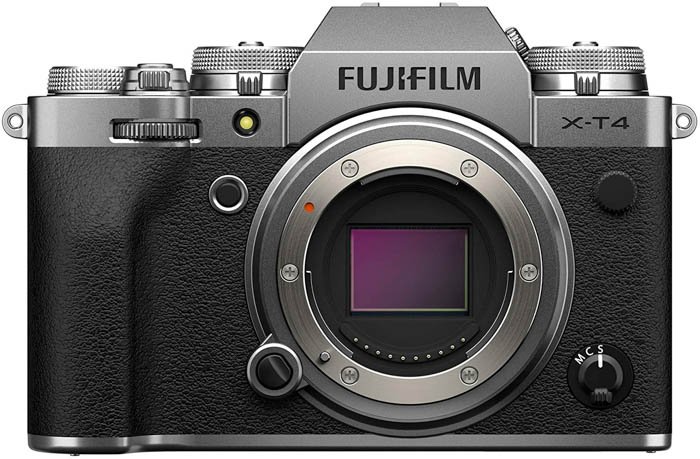
2. Canon EOS 850D / Rebel T8i
The Canon EOS 850D is a cheaper camera on the list of cameras for landscape photography. It's a DSLR that comes with a 24.1MP crop sensor (22.3mm x 14.9 mm).
It has a depth of field preview button which can be of great help when finding the correct exposure.
It's a small and lightweight camera. This allows for high mobility.
Its optical viewfinder offers 95% coverage. The vary-angle touchscreen helps you to try shooting landscapes from different angles.
The battery life is 730-800 frames with viewfinder shooting and 290-300 with Live View shooting . If you use the viewfinder, it can serve you during a really long time of a photo session.
This gadget operates between 0 and 40°C, in 85% or less humidity. It's not ideal for winter landscapes. Apart from that, it's a durable camera.
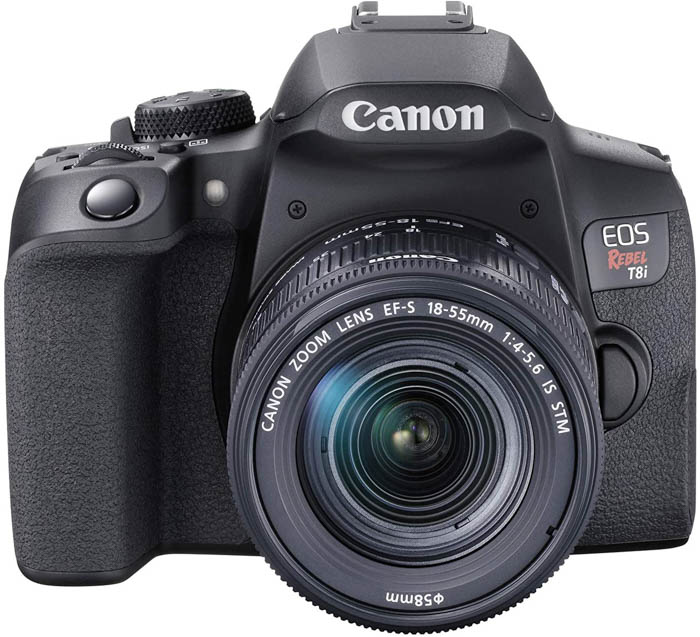
Conclusion
It's no easy feat to find the best camera for photographers who love landscapes.
Consider what kind of landscape photography interests you the most. Based on that, choose the camera features that best support your photography goals.
Once you find the ideal camera, you're all set for adventure. Now all you need is patience and a keen eye for framing breath-taking scenery. Remember, composition is key.
To give you a strong headstart to mastering composition, we collaborated with multi-award-winning photographer, Stuart Price. Our e-book Intuitive Composition isn't limited to landscapes. It trains your eyes to create stunning frames in ordinary settings.
Good Cameras For Nature Photography
Source: https://expertphotography.com/best-camera-landscape-photography/
Posted by: smithsuffee.blogspot.com

0 Response to "Good Cameras For Nature Photography"
Post a Comment